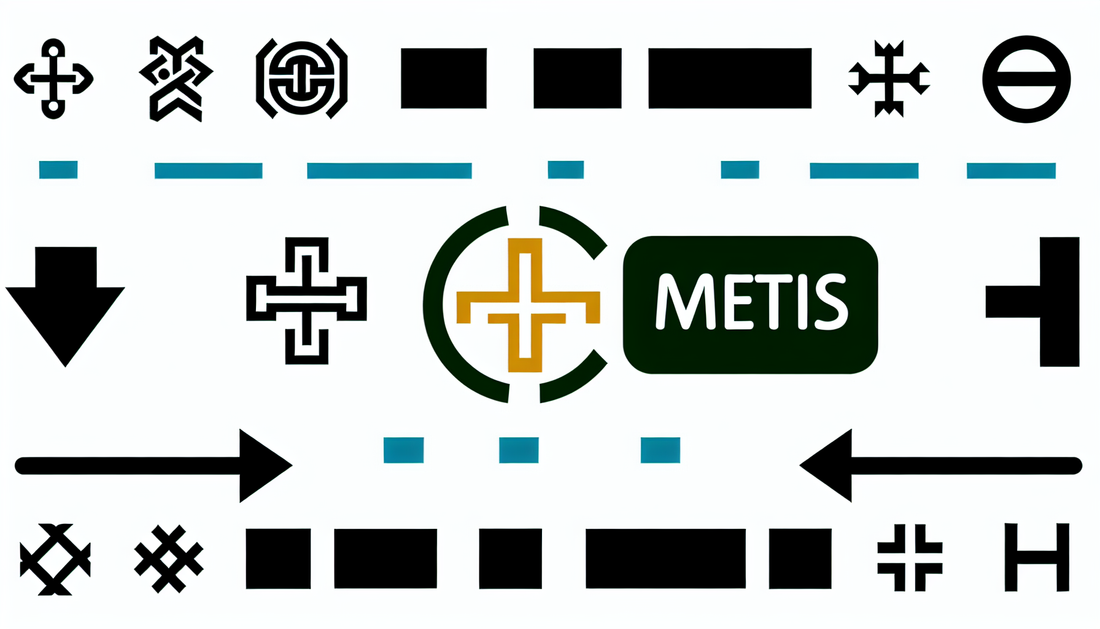
Decoding Metis Tokenomics: A New Era for Ethereum
Share
Understanding Metis Tokenomics
Metis is a Layer 2 Ethereum Rollup designed to enhance scalability and provide a robust decentralized infrastructure. With a focus on making Ethereum dApps scalable and accessible, Metis employs a unique approach to tokenomics, ensuring both efficiency and decentralization. Let's dive into the intricate framework that supports Metis' token economy.
Metis Tokens: The Builders of the Ecosystem
The Metis token (often represented as METIS) serves as the cornerstone for the platform's ecosystem. Designed to fuel transactions within the network, these tokens are pivotal in creating smooth operations across numerous decentralized applications built on Metis. By leveraging Layer 2 technology, Metis enables faster transactions and lower fees, addressing traditional blockchain challenges.
Token Distribution and Incentives
The distribution of Metis tokens is carefully managed to ensure long-term sustainability and community participation. A part of the token supply is allocated to initial investors, project founders, and advisors, while a significant portion is reserved for ecosystem incentives. These incentives encourage developers and users to participate actively in the ecosystem, thereby driving network growth and adoption.
Governance and Decentralization
One of the core strengths of Metis' tokenomics is its commitment to decentralized governance. Token holders are empowered to participate in crucial decision-making processes, influencing the development and future direction of the network. This democratic model ensures that the network's evolution aligns with the collective vision of its community, thereby fostering greater trust and engagement.
Comparisons and Challenges
While Metis is carving a niche in the blockchain space, it is essential to understand its position relative to competing solutions. Although its Layer 2 scaling offers competitive advantages in terms of speed and cost-efficiency, it must address hurdles such as network security and interoperability with existing blockchain infrastructures. Interested readers can explore how other platforms handle similar challenges, such as by examining Moonriver's Multi-Chain capabilities.
Conclusion
The innovative tokenomics of Metis highlight the project's dedication to scalable solutions and community empowerment within the blockchain ecosystem. As Metis continues to grow, its unique approach to token distribution and governance places it in a promising position to expand and enhance the capabilities of Ethereum-based applications.
To engage further with the evolving world of crypto and explore potential investment opportunities, users can consider registering on Binance for broader market access.
